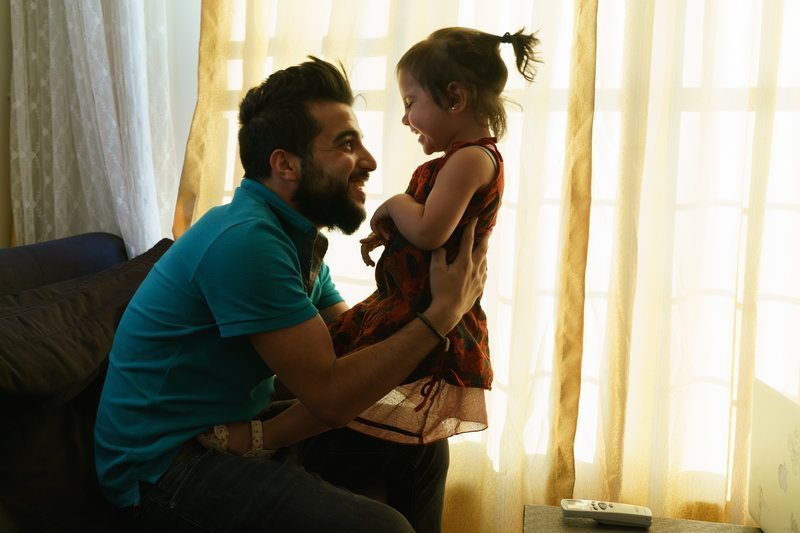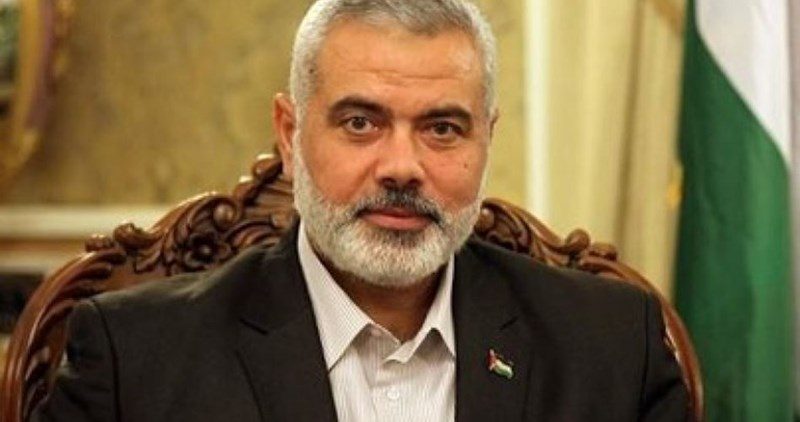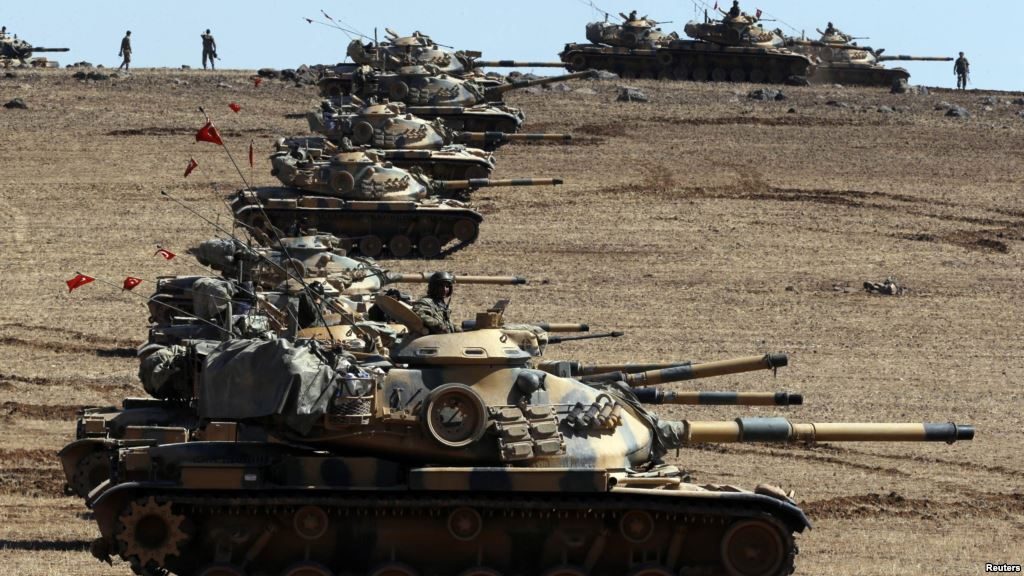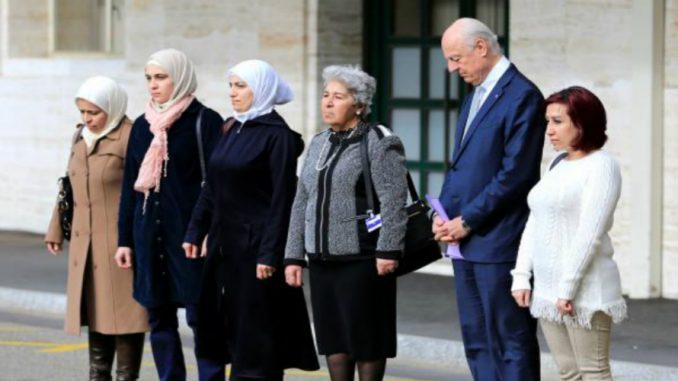
A group of Syrian women met the UN envoy for Syria and demanded to include the fate of detainee in Asad regime’s prisons in the peace talks program, hoping for prisoners release to be agreed on.
The new round of Syria peace talks began on Thursday, February 23rd, with both the regime and opposition delegation arriving in Geneva and meeting briefly the U.N. Special Envoy for Syria, Staffan de Mistura.
After that, de Mistura met a group of Syrian women who came to address the fate of detainee in Assad regime’s prisons, hoping to include this issue in the talks program.
“They were sending to me, and through me to everyone, the message that while we are going to talk about the future of Syria we should not forget those who are still either detained or abducted, or missing,” de Mistura told reporters.
“There are thousands and thousands of mothers, wives, daughters who are hoping that at least this aspect will be one of the benefits of any negotiation…You can be sure that we will be constantly raising detainees, abducted and missing people.”
They held large photographs of missing sons, brothers, and husbands, and had a simple request: to know their relatives’ whereabouts, and whether they were dead or alive.
The women then read out a joint statement at a vigil, saying: “We, as families, demand the immediate release of our relatives who have been unlawfully detained.”
“We want to know their fate”
Noura Ghazi is a human rights lawyer still based in Damascus. Her husband, Bassel Khartabil, an acclaimed open-source software developer, was sent to the Adra prison in March 2012. She married him while he was in prison and was able to visit him every week until October 2015, when, full of foreboding, he told her by phone he was being taken away. She has not heard from him since.
She said: “We became known as the bride and groom of the Syrian revolution. But now I just want to know whether he is alive, so if he is not I can feel my sadness, and wear black clothes, mourn and think what to do with my life. He was against the regime, but he was also a famous scientist and never believed in armed struggle, only in a peaceful resolution.
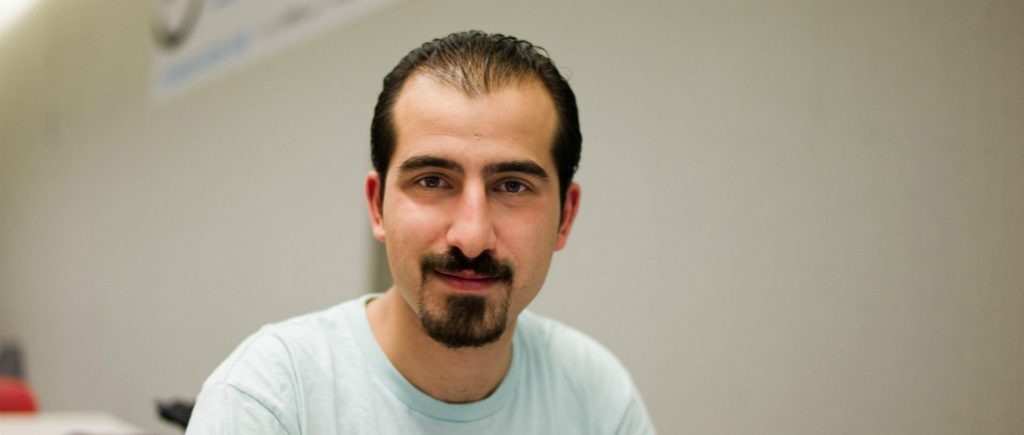
Bayn Sharbati, originally from Daraya, near Damascus, lost two brothers who were involved in the early demonstrations against Bashar al-Assad.
She said: “My brothers were caught in a trap set by the Syrian regime. There were demonstrations in Daraya, but it was peaceful.” Now living in exile in Leeds, she said the regime would never tell her whether her brothers were alive or dead. “No reason is given for the refusal. No reason is ever given.”
Asked if she thought the Geneva talks would succeed in bringing peace or progress on the release of detainees, she looked away and paused for a long time before answering diplomatically: “Even if they do not work this time, perhaps they will work in the future.”
Fadwa Mahmoud, a 63-year-old dissident, sought refuge in Berlin in 2015 three years after searching for her husband Abdulaziz Al Khayer, head of the banned Communist Action Party, and her son Maher Tahan, both arrested near Damascus airport.
“I cry every day,” she said.
“I want to keep working on this file as long as there is one detainee in Syria. It is not only about my son and husband,” added Mahmoud who was imprisoned under former President Hafez al-Assad, whose son Bashar has ruled Syria for 17 years.
She could not say whether she would prefer the certainty of knowing that her relatives had died to the gnawing doubt.
“I refuse to think like that,” she said, adding that she would keep battling for information to find out what happened. “I have not had a shred of information. People say there are 300,000 detained, but no one knows the truth.”
The “Living Hell” in Assad regime prisons
The Syrian crisis began as a peaceful demonstration against the injustice in Syria. Assad regime used to fire power and violence against the civilians and led to armed resistance. 450.000 Syrians lost their lives in the past five years according to UN estimates, and more than 12 million have lost their homes.
ِArrest, torture, enforced disappearance, and executions have been one of Assad regime’s tools to silence anyone suspected to oppose his role and to break the Syrian civilians’ will in gaining freedom.
Tracking the number of people in detention is also difficult. Assad’s “security forces” have converted sports stadiums, abandoned homes, hospitals and schools into jails. Loyalist militias from Iraq, Lebanon and Iran also operate their own secret sites.
However, estimates say that more than 300.000 Syrian are currently held in Assad regime’s prisons, while the Syrian Observatory for Human Rights say that more than 60.000 of them were killed under torture.
What little is known about Assad’s torture machine comes from survivors swapped in prisoner exchanges or released after bribing officials. Relatives of the dead, defectors and hundreds of thousands of regime files smuggled out of the country by activists add to their accounts. Together, they paint a picture of a regime that has tortured and murdered on an industrial scale to silence dissent.
A new report for Amnesty International said that about 13.000 people were hanged secretly and thousands more killed by other ways in Saydnaya prison, one of the most famous brutal detention centers in Syria.
Detainees referred to the prison as “the slaughterhouse”, it said, adding that the hangings had been authorized by officials at the highest level government from 2011.
In August 2013, a military defector code-named Caesar smuggled 53,275 photographs out of Syria. The photos were published depicting rows of emaciated, brutally beaten bodies of detainees — many of them believed to be political protesters — at Assad regime’s military prisons, and show at least 6,786 detainees who died in detention or after being transferred from detention to a military hospital.
Most of the 6,786 victims shown in the Caesar photographs were detained by just five intelligence agency branches in Damascus, and their bodies were sent to at least two military hospitals in Damascus between May 2011, when Caesar began copying files and smuggling them out of his workplace, and August 2013, when he fled Syria.

